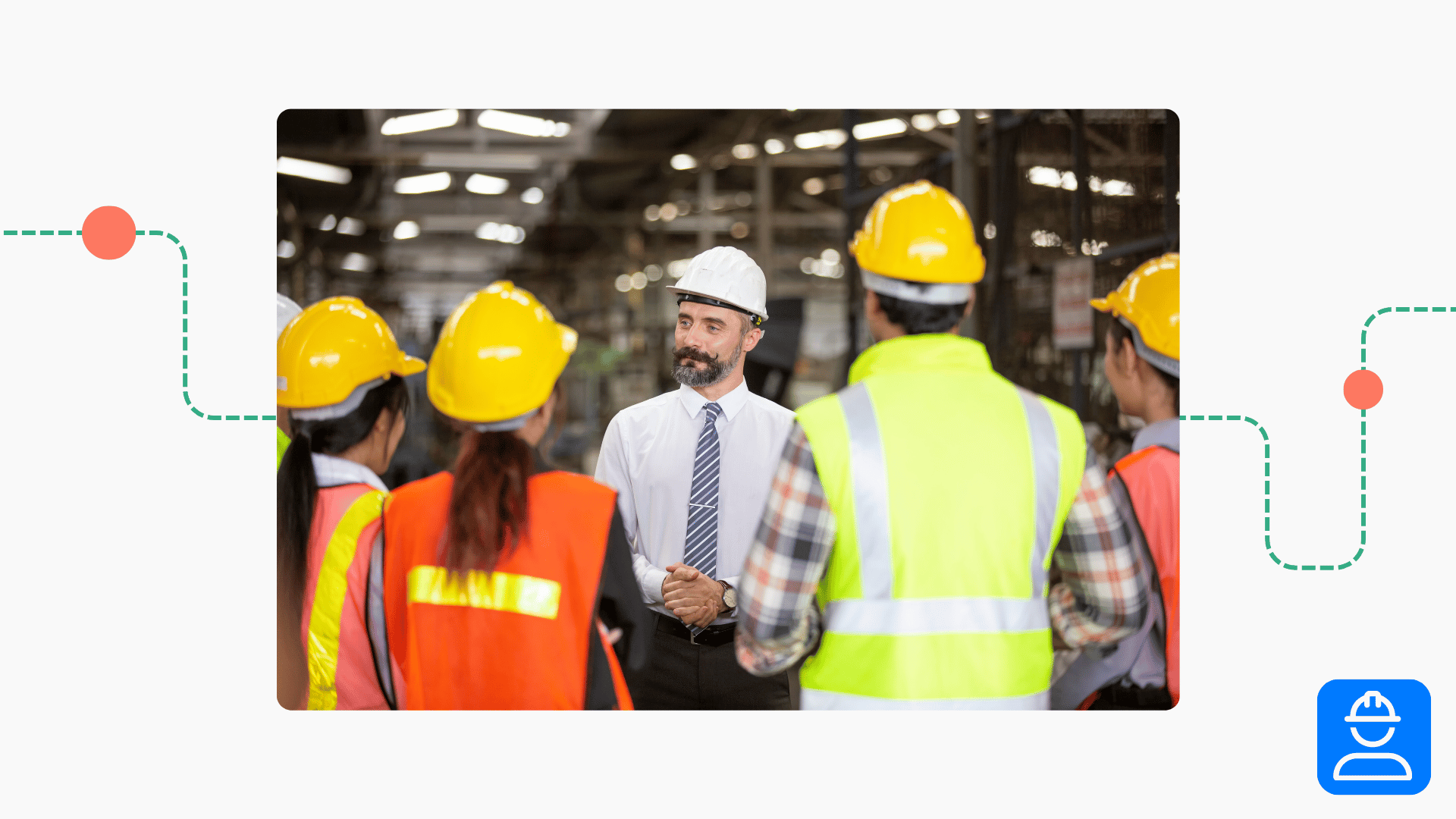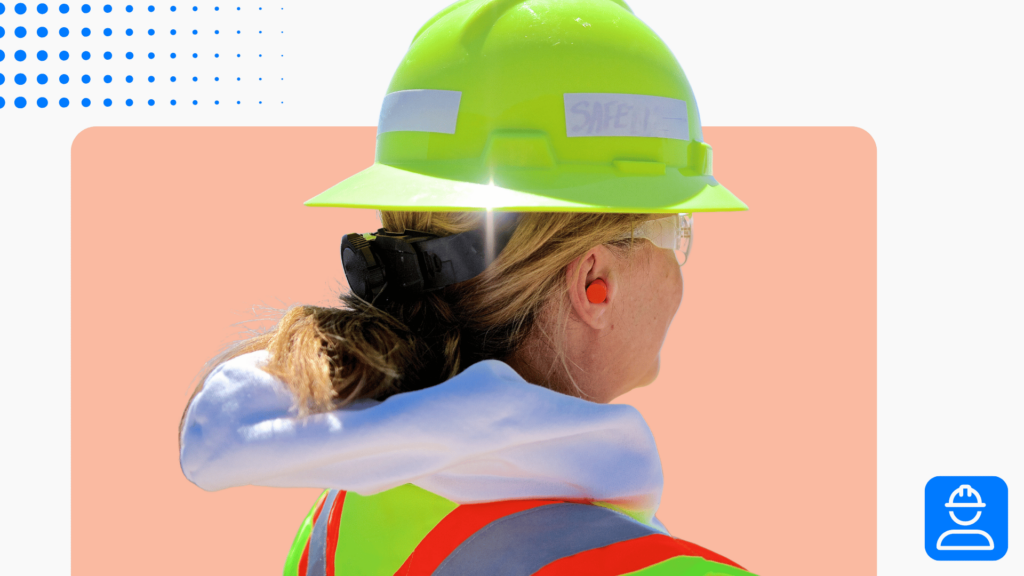As a leader, you want your workers to be comfortable with their roles. But it’s important to make sure they don’t get too comfortable, or they might become blind to safety hazards. Use this complacency toolbox talk to keep your team alert and proactive.
Complacency toolbox talk overview
In this toolbox talk, we’ll discuss:
- How complacency affects safety
- Ways to guard against complacency
- Proactive hazard management
Complacency isn’t something that happens overnight. You need to give active care to your everyday tasks so you can avoid making costly mistakes.
The effect of complacency on safety
No matter how comfortable you are with your job, it’s important to treat each day as a fresh start. You have to balance confidence in your ability to do a job safely with the knowledge that there are variables outside of your control.
This includes equipment hazards, the behavior of people around you, weather, and security concerns, just to name a few. Regardless of how safe you feel, know there are always hazards to avoid.
Complacency can cause you to miss critical safety checks, overlook hazards, underestimate risks, and it can make you blind to unsafe work conditions. If you’re complacent, it affects the safety of your coworkers as well. The more we all practice self-awareness, the safer the work environment is for everyone.
How to combat complacency
The main way to guard against complacency is to keep your mind engaged during work tasks, even the ones you’ve done thousands of times. Perform hazardous tasks following the steps you learned during training. And no matter how comfortable you feel with safety protocols, give them the same level of attention each time.
You should always look for new hazards so you can act accordingly. This means inspecting your workstation and equipment before you begin any work activities. And don’t forget to wear the correct PPE for your tasks—never skip this step! You don’t know when a freak accident might occur so you should never assume that you’ll be fine without the right gear.
And, of course, keep an eye on your coworkers. If you notice anyone else looking complacent, give them a gentle reminder of the correct procedure. If we hold each other accountable, then we’ll be much more successful at combatting complacency.
Proactively controlling hazards
We’re all responsible for calling out safety hazards as we see them. A proactive mindset is one of the best ways to avoid complacency. If you come across an unexpected hazard, you should either fix it immediately or report it to someone who can.
Another way to control hazards is to avoid behaviors that create them. This means keeping your workstation tidy, properly disposing of waste, paying attention to what you’re working on, and communicating with the people around you. Building these habits is critical if you want to be part of the solution, not the problem.



